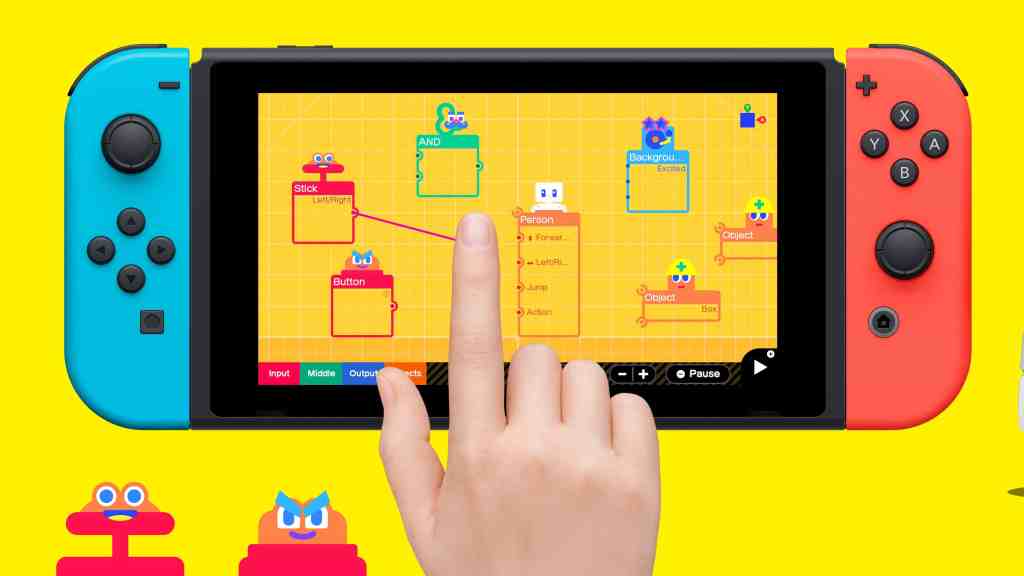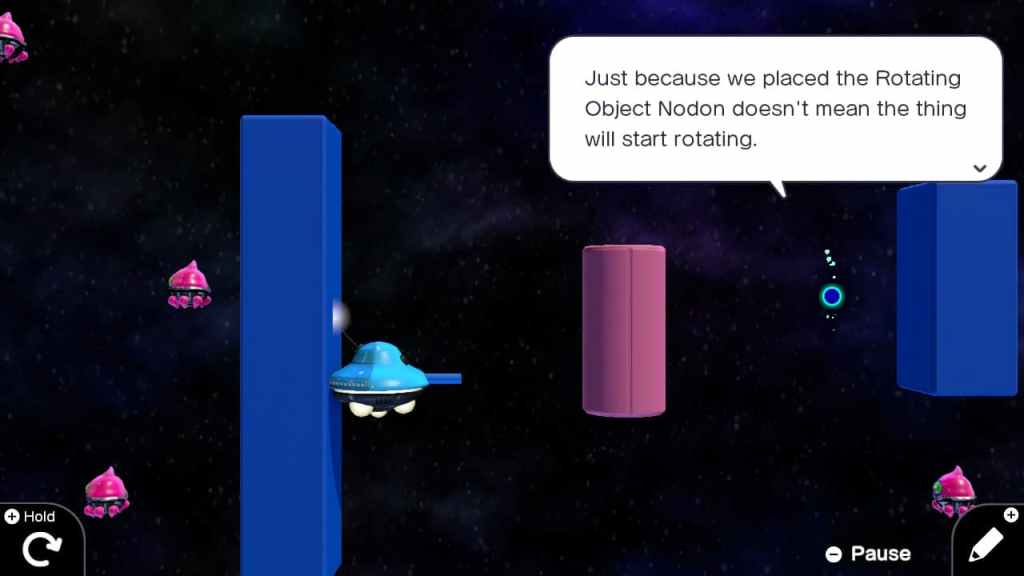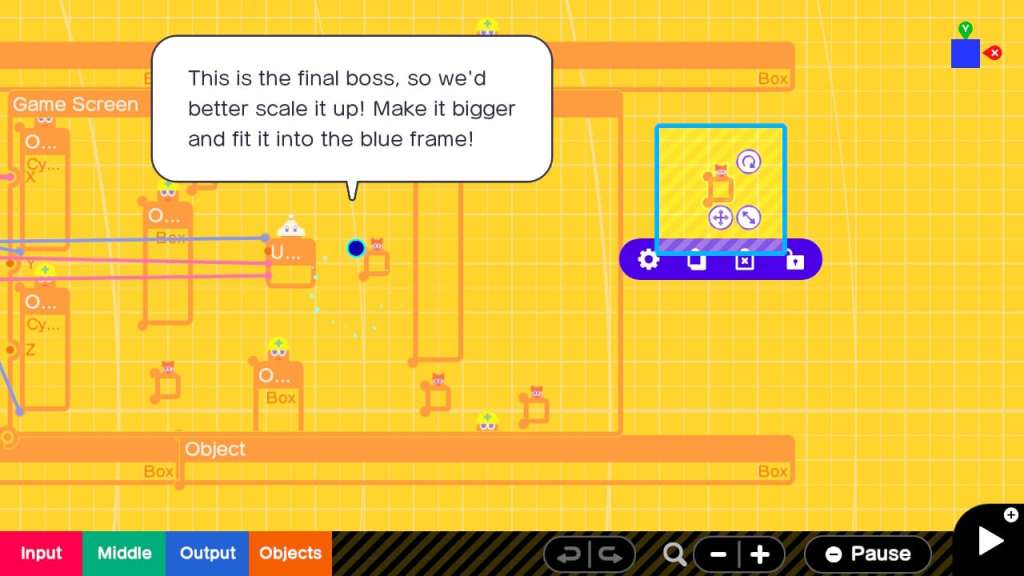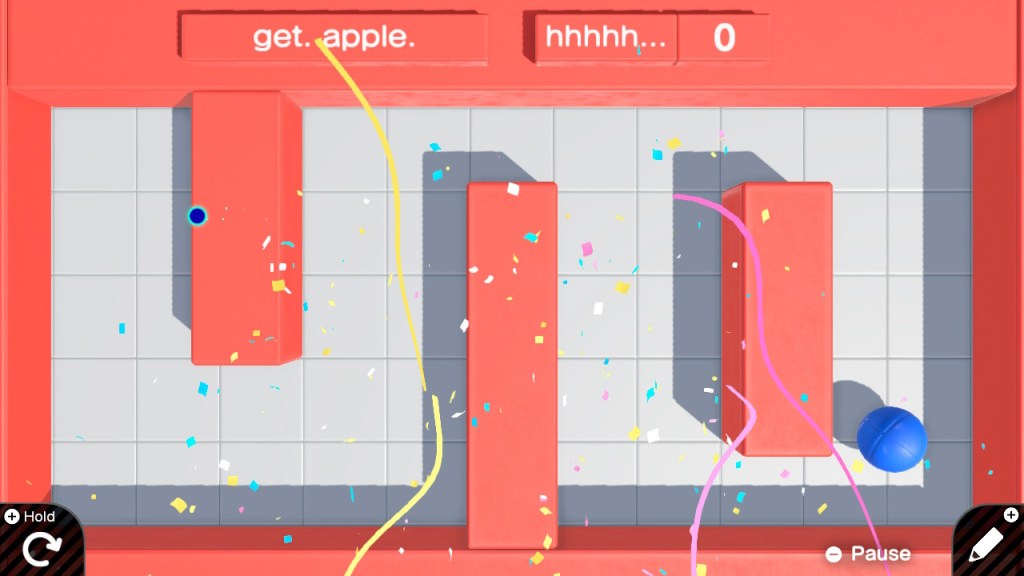Recently in the Australian press, a great number of column inches have been devoted to criticism of a new maths curriculum spearheaded by skills- and experimentation-driven approaches to learning. Its proponents argue that a conceptual understanding of maths trumps rote learning of times tables, better preparing students for the real world, where we learn through trial and error. Its detractors argue that the old ways we taught kids are fine, actually, and that nothing should change. And, to absolutely nobody’s shock, the usual suspects have tried to turn it into a culture war, because everything has to be a culture war these days: new-school learning through experimentation and—yes—failure, versus emphasis on rote memorisation and logic.
Following in the footsteps of other creative tools like
As it turns out, game development is a beautiful garden strewn with discarded rakes, and I am Sideshow Bob.
As I went through more of the tutorials, the more I appreciated the insistence on hand-holding; almost every step introduces a bug or unintended behaviour, and the emphasis is always on understanding the error: debugging it, iterating upon it, and learning how to make the game act the way you’d like it to. It even covers adding debug-only tools, like the ability to pause scrolling in the shoot-em-up game so you can test whether collision and enemy behaviours are functioning correctly.
It’s an inspired way to teach newcomers how games are built, and its concepts are directly applicable to more professionally oriented game engines like Unreal Engine, with its impressive and well-supported Blueprint visual coding system, and Unity, with its slightly less field-tested Bolt system. Anyone who’s spent time with visual coding systems will be right at home in Game Builder Garage, and I would expect the inverse to be true as well.
Not all of Game Builder Garage is as refined as its editor, though. Its teaching methods might be new-school, but by dint of it being a
Additionally, the toolkit is let down by its strong insistence on building games in the
The only way to build games and actually enjoy the process is to use the Switch’s touchscreen, which is, itself, frustratingly small, a caveat
As it stands, I find myself hunching over my launch-model Switch, squinting at small text and cursing quietly to myself as I hit the wrong tiny on-screen buttons with my adult-sized fingers. I desperately wish for a bigger screen, since it’s all that stands between this toolkit and almost-perfection, but in the end, it’s only the sheer gentle quality of the tutorials that keeps me engaged and willing to come back.
But that’s okay. The concepts and approaches that Game Builder Garage teaches you are all directly applicable to more serious toolkits and engines like Game Maker, Unreal Engine, and Unity: concept-driven learning will enable nascent creators to shift between tools and approaches with ease.
Just as we saw a whole generation of developers from the days of Adobe Flash and the creativity it enabled, so too will we see a generation of developers who in their youth cut their teeth on this, and other similar tools – after all, there are already thousands of user-generated games available for download, even if
4 Stars: ★★★★
Game Builder Garage
Platform:
Developer:
Publisher: Nintendo
Release Date: June 11, 2021
A copy of Game Builder Garage on








